In a world where the future of food is uncertain and the impact of consumption on our planet weighs heavily on our minds, two visionaries dared to reimagine the possibilities. Meet Julia Schwarz and Lisi Penker, the pioneering minds behind Simiæn.
Driven by a shared passion for sustainability and a deep reverence for nature’s resilience, Julia and Lisi embarked on a journey to redefine our relationship with food and design. Inspired by a docu-fiction that envisioned lichen as a source of sustenance, they saw an opportunity to harness the power of nature’s most elemental resources: lichen for nourishment and stone for craftsmanship.
Simiæn isn’t just a brand; it’s a testament to the transformative potential of innovation and imagination. By leveraging lichen’s nutritional richness and stone’s timeless beauty, Julia and Lisi aim to reconnect people with the purity and vitality of untouched landscapes.
As we stand at the precipice of a new era in food and design, Julia and Lisi stand as beacons of hope, guiding us towards a future where sustainability and beauty coexist harmoniously. Together, they invite us to join them on this remarkable journey, where every choice we make has the power to shape a better world for generations to come…
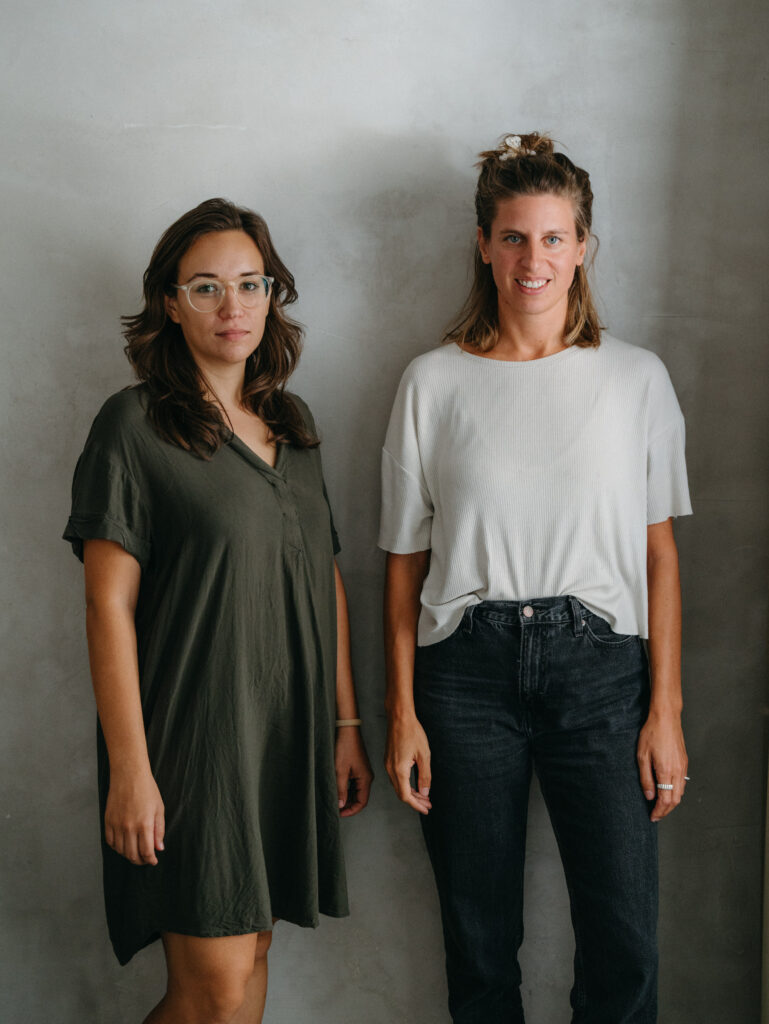
What inspired you to explore lichen as a source of food and beverage, and what challenges did you encounter in introducing it to the market?
It all began with the research for my diploma project at the University of Applied Arts in Vienna, Austria, where I studied industrial design and design investigations in 2018. I have always been fond of spending time in the woods and wandering in mountains, where I draw much inspiration.
Observing these small plants – lichens – clinging to trees and rocks piqued my curiosity about their resilience and ability to thrive in such environments. Initially mistaking them for moss, I consulted a bryologist – an expert on mosses – who clarified that they were indeed lichens.
This sparked a deep dive into research, collaborating with lichenologists – experts in lichens – around the world. The culmination of this exploration was a docu-fiction project titled “Unseen Edible”, which envisioned lichen as a viable food source even on Mars. This project, showcasing various lichen-based products alongside factual information about lichens and potential farming methods, garnered attention at design exhibitions, prompting the idea of bringing it to market.
However, transitioning from a conceptual stage to market readiness posed significant challenges, particularly navigating novel food regulations and ensuring product viability. Overcoming these hurdles and garnering recognition was indeed a formidable task.
Can you share the journey of conceptualizing and founding Simiæn, from ideation to execution?
With the “Unseen Edible” project initially showcased in museums and exhibitions worldwide, our focus leaned heavily on design-driven research. The pivotal moment came with the organization of a lichen experience dinner, co-hosted by Lisi Penker, co-founder of Simiæn, for a company event.
Each dish featured lichen, including a specially crafted lichen gin. This event marked the transition from conceptualization to tangible reality. Recognizing the initial feasibility of lichen-based beverages, we embarked on creating lichen-infused drinks, starting with a traditional lichen tea in collaboration with Saint Charles pharmacy.
Lichens, renowned for their distinctive taste profile and inherent bitterness, presented a unique challenge in achieving a palatable flavor. After extensive experimentation, we successfully developed a range of aperitif drinks, teas, and stone cups, all derived from lichen and stones, the favored habitat of lichens.
The essence of Simiæn lies in tasting landscapes, as lichens thrive in Earth’s pristine environments, reflecting our commitment to sustainability and sensory experience.
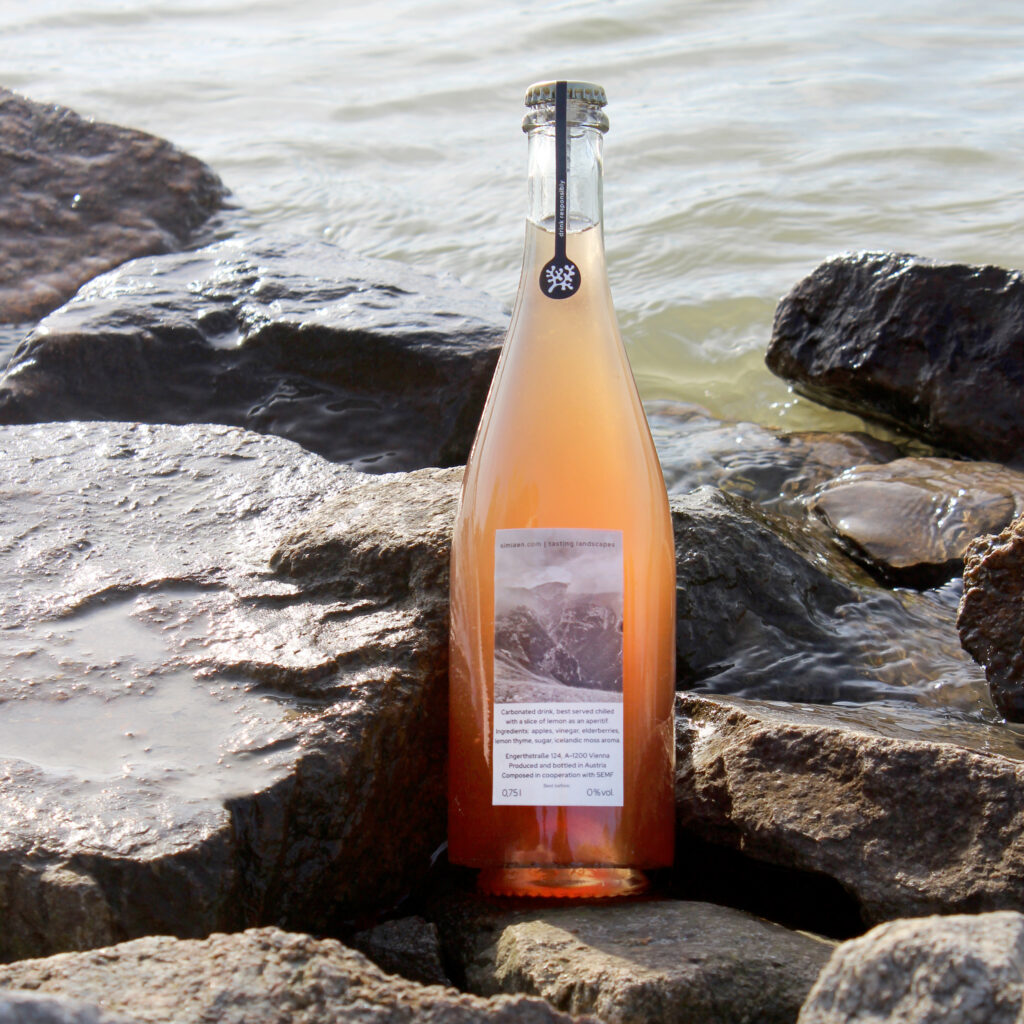
How do you see Simiæn contributing to the future of sustainable consumption, especially in the context of growing environmental concerns?
At Simiæn, we prioritize elemental sources, exemplified by our use of stones sourced from offcuts of stone production for our cups. This not only minimizes waste but also underscores the recyclability and low energy consumption inherent in stone manufacturing.
Lichens, sourced from controlled collections meeting pharmaceutical standards, embody resilience and longevity, making them an ideal candidate for sustainable consumption. With lichens boasting a rich nutritional profile and potential health benefits, their utilization could address future food security challenges, particularly in the face of climate change-induced agricultural disruptions.
By championing lichen-based products, Simiæn advocates for a shift towards environmentally conscious consumption practices, paving the way for a more sustainable future.
What role do you believe innovative and unconventional food sources like lichen can play in addressing global food security issues?
Lichens emerge as a promising solution for global food security, owing to their robustness and adaptability. As one of the oldest organisms on Earth, capable of thriving in extreme conditions, including Martian landscapes, lichens offer a versatile food source. While lichens may not single-handedly solve food security challenges, they represent a valuable addition to the array of alternative food sources.
Their nutritional richness and historical significance during periods of famine underscore their potential contribution to future food systems. Moreover, lichens’ unique ingredients, scientifically proven to possess cytotoxic, antibacterial, and antiviral properties, further enhance their appeal in addressing evolving health concerns.
Integrating lichens into mainstream dietary habits could diversify food sources and mitigate reliance on traditional crops vulnerable to climate fluctuations.
Could you elaborate on the process of sourcing and selecting lichen as a primary ingredient for your products? What criteria do you consider?
Lichens are chosen as our primary ingredient primarily for their distinctive taste profile and nutritional benefits. Collaboration with a reputable pharmacy ensures the procurement of high-quality lichens from controlled collections, prioritizing both food safety and biodiversity conservation.
While over 200,000 lichen species exist, our selection focuses on three types with well-documented historical usage. This cautious approach ensures adherence to established safety standards and minimizes ecological impact.
The complexity of lichen flavor, combining aromatic nuances with inherent bitterness, necessitates meticulous formulation to achieve a harmonious taste profile. Through collaborative efforts with pharmacists, food scientists, and chefs, we refine our recipes to maximise the sensory experience while preserving lichen’s inherent qualities.

How do you balance the nutritional value of lichen-based products with their environmental impact and sustainability?
Our commitment to sustainability extends beyond product sourcing to encompass production practices and packaging materials. By utilizing offcuts from stone production for our cups, we minimise waste and embrace circular economy principles.
Stone, a naturally abundant and recyclable material, epitomizes eco-conscious design, offering durability and tactile appeal. Concurrently, our lichen sourcing strategy emphasizes controlled collections to mitigate ecological impact and safeguard biodiversity.
While lichen’s nutritional potency is undeniable, our focus lies primarily on taste and sensory experience in product development. However, ongoing collaboration with a university in Salzburg explores lichen farming possibilities, further enhancing sustainability efforts. By prioritising both nutritional value and environmental stewardship, Simiæn endeavors to set a precedent for sustainable food innovation.
In what ways do you envision Simiæn products influencing mainstream dietary habits and consumer choices?
Simiæn products transcend mere consumption, embodying a holistic approach to wellness and sustainability. Our stone cups, crafted from reclaimed stone offcuts, epitomize heritage craftsmanship and longevity, fostering conscious consumption habits.
Lichen-infused teas transport consumers to imagined landscapes, encouraging mindfulness and sensory exploration. Meanwhile, our Sprizz offerings, available in both alcoholic and non-alcoholic variants, redefine social rituals with nature-inspired flavors.
Through these diverse product offerings, Simiæn aims to inspire a shift towards healthier, more mindful dietary habits, anchored in reverence for natural resources and biodiversity.
What strategies do you employ to educate consumers about the nutritional benefits and ecological importance of lichen consumption?
Our approach to consumer education prioritizes experiential learning and sensory engagement. Tasting landscapes, evocative of lichen’s natural habitats, serve as a narrative framework for product exploration, fostering curiosity and appreciation for ecological diversity.
While our lichen tea series offers potential health benefits, we emphasize taste and sensory enjoyment to ensure broader appeal. Through transparent communication about sourcing practices and ecological considerations, we aim to cultivate informed consumer choices and foster a deeper connection to nature’s bounty.
Can you discuss any surprising or unexpected reactions you’ve encountered from consumers or the industry regarding your use of lichen?
Consumer reactions to our lichen-based products have been overwhelmingly positive, albeit accompanied by initial curiosity and intrigue.
Many consumers express surprise upon learning about lichens’ unique characteristics as symbiotic organisms comprising algae, fungi, and occasionally cyanobacteria. However, once acquainted with the concept, consumers embrace the novelty and distinctive flavors of our products wholeheartedly.
Our interactive tasting experiences, coupled with playful associations, further enhance consumer engagement and appreciation for lichen’s culinary potential. Additionally, the unexpected comparison of lichen’s taste to licking rocks, as recounted by a consumer in London, underscores the sensory richness and imaginative possibilities inherent in lichen-based cuisine.
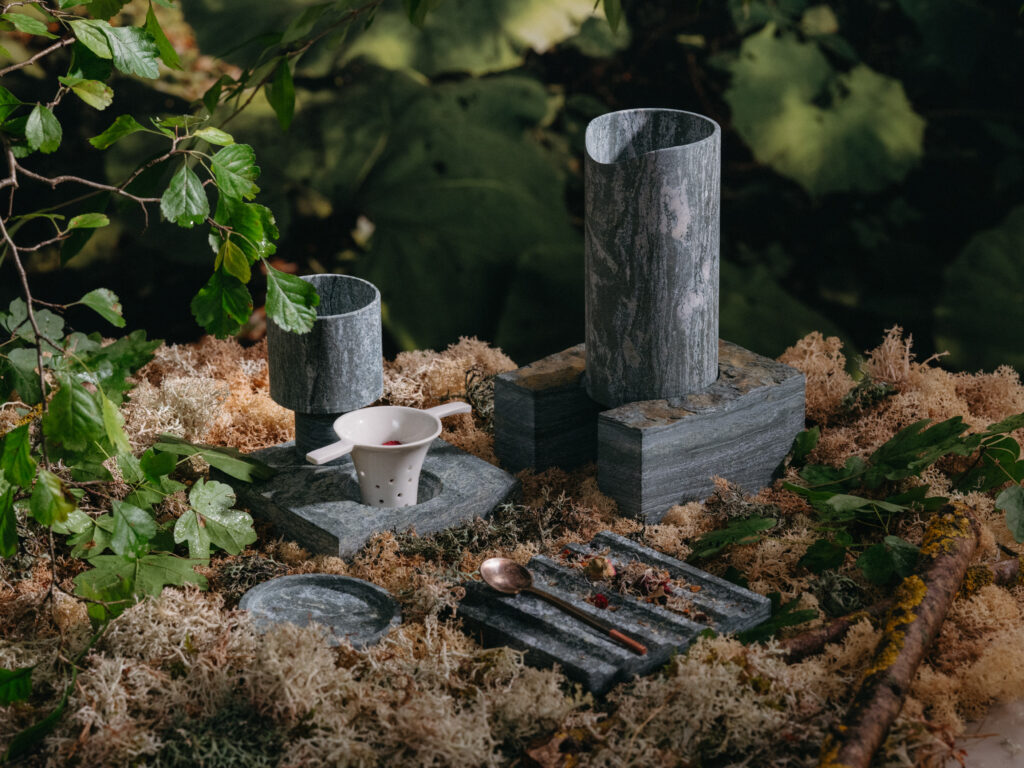
How does Simiæn integrate principles of circular economy and zero-waste into its production and packaging processes?
At Simiæn, sustainability permeates every aspect of our operations, from product design to packaging choices. Our stone cups exemplify circular economy principles, repurposing offcuts from natural stone production to create durable, timeless vessels.
By minimizing waste and utilizing recyclable materials, such as glass bottles and cardboard packaging, we reduce our environmental footprint and promote resource efficiency. Moreover, our close collaboration with local suppliers and producers ensures minimal transportation-related emissions, further aligning with our commitment to sustainability.
Through these concerted efforts, Simiæn strives to set a precedent for eco-conscious business practices within the food industry.
What do you hope consumers will take away from their experience with Simiæn products beyond mere consumption?
Beyond mere consumption, we envision Simiæn products fostering a deeper appreciation for nature’s bounty and the interconnectedness of ecosystems. Through sensory exploration and experiential learning, consumers are invited to embark on a journey of discovery, discovering the intricate flavors and narratives woven into each product.
Our commitment to sustainability and ethical sourcing practices encourages consumers to reflect on their consumption habits and embrace mindful, conscious living. Ultimately, we hope to inspire a sense of wonder and reverence for the natural world, transcending the boundaries of traditional consumerism.
How do you navigate regulatory challenges and ensure compliance with food safety standards when introducing novel ingredients like lichen into the market?
Navigating regulatory hurdles and ensuring compliance with food safety standards is paramount in introducing novel ingredients like lichen into the market. Our journey involved close collaboration with food safety experts, regulatory authorities, and scientific advisors to navigate the intricate landscape of food regulations.
By adhering to rigorous safety protocols and conducting thorough risk assessments, we ensure that our products meet stringent quality standards and pose no harm to consumers. Transparency and open communication have been instrumental in garnering regulatory approval and building trust with stakeholders.
Despite the challenges, our unwavering commitment to safety and compliance has enabled us to overcome regulatory obstacles and bring innovative lichen-based products to market.
Could you share any insights into the research and development efforts behind creating innovative lichen-based recipes and formulations?
The research and development process behind our lichen-based products involved interdisciplinary collaboration and iterative experimentation. Drawing inspiration from traditional recipes and historical usage, we embarked on a journey of culinary exploration, guided by insights from lichenologists, pharmacists, and food scientists.
The inherent bitterness and complex flavor profile of lichens presented a unique challenge, requiring meticulous formulation to achieve a harmonious balance of taste and sensory experience. Through extensive trial and error, we refined our recipes to highlight lichen’s distinctive flavors while ensuring palatability and nutritional integrity.
Collaborative partnerships with star chefs and culinary experts further enriched our repertoire, pushing the boundaries of lichen-based cuisine and paving the way for innovative formulations. By combining scientific rigor with creative ingenuity, we continue to push the boundaries of lichen-based gastronomy, unlocking new culinary possibilities and redefining the future of food.
What strategies do you employ to foster a culture of creativity and experimentation within your team at Simiæn?
At Simiæn, fostering a culture of creativity and experimentation is central to our ethos. We cultivate an environment of openness and collaboration, where diverse perspectives are valued and encouraged. Regular brainstorming sessions and ideation workshops provide a platform for team members to explore new ideas and push the boundaries of innovation.
Embracing a spirit of curiosity and exploration, we encourage team members to challenge conventional thinking and embrace experimentation. By providing ample opportunities for skill development and knowledge sharing, we empower team members to contribute their unique talents and insights to the creative process. Ultimately, our collective commitment to pushing the envelope of culinary innovation drives our success and propels us towards new horizons of discovery.
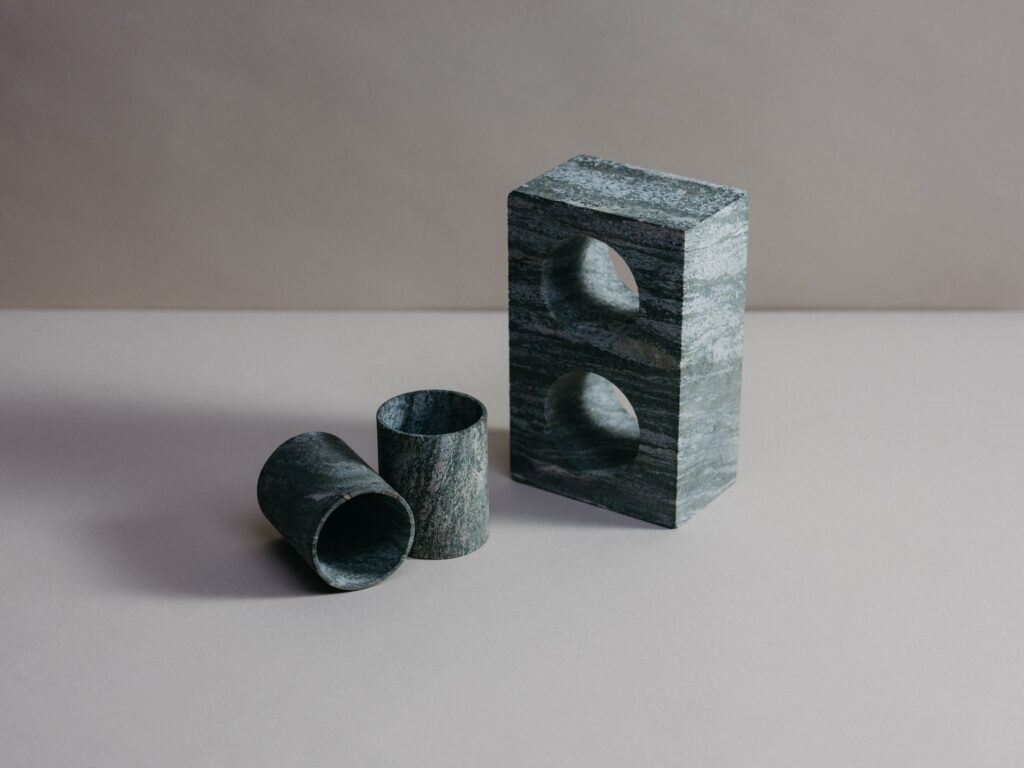
How do you approach partnerships and collaborations with other organisations or experts in the field of sustainability and food innovation?
Collaboration lies at the heart of our approach to partnerships, as we recognize the power of collective action in driving meaningful change. When forging partnerships with other organisations or experts in the field of sustainability and food innovation, we prioritize shared values and mutual respect.
Open communication and transparency are key to fostering productive collaborations, as we seek to align our goals and objectives with those of our partners. By leveraging each other’s expertise and resources, we amplify our impact and catalyze positive change within the industry.
Whether collaborating on product development, research initiatives, or advocacy campaigns, we approach partnerships with a spirit of humility and reciprocity, recognizing that together, we can achieve far more than we could alone.
What lessons have you learned from building and scaling a business centred around unconventional and eco-conscious products?
Building and scaling a business centered around unconventional and eco-conscious products has been a journey of learning and growth, punctuated by valuable insights and lessons along the way. One of the most important lessons we’ve learned is the importance of perseverance and resilience in the face of adversity.
From navigating regulatory challenges to overcoming logistical hurdles, every obstacle has presented an opportunity for growth and innovation. Additionally, we’ve learned the importance of collaboration and community-building in driving meaningful change. By fostering partnerships and alliances with like-minded organizations and individuals, we’ve been able to amplify our impact and reach a broader audience.
Finally, we’ve learned the importance of staying true to our values and vision, even in the face of skepticism or opposition. By remaining steadfast in our commitment to sustainability and ethical business practices, we’ve been able to carve out a unique niche in the market and inspire others to follow suit.
Can you discuss the role of storytelling and narrative in shaping the brand identity and consumer perception of Simiæn?
Storytelling and narrative play a central role in shaping the brand identity and consumer perception of Simiæn, imbuing our products with depth and meaning beyond their functional utility. From the inception of our “Unseen Edible” project to the creation of Simiæn, storytelling has been at the core of our ethos, weaving a rich tapestry of imagery and symbolism that resonates with consumers on a deeper level.
By crafting narratives that evoke a sense of wonder and curiosity, we invite consumers to embark on a journey of discovery, exploring the hidden world of lichens and stones through our products.
Through storytelling, we not only communicate the unique value proposition of our brand but also foster a sense of connection and belonging among our audience. Ultimately, it is through storytelling that we bring our brand to life, transforming mere products into vessels of meaning and inspiration.
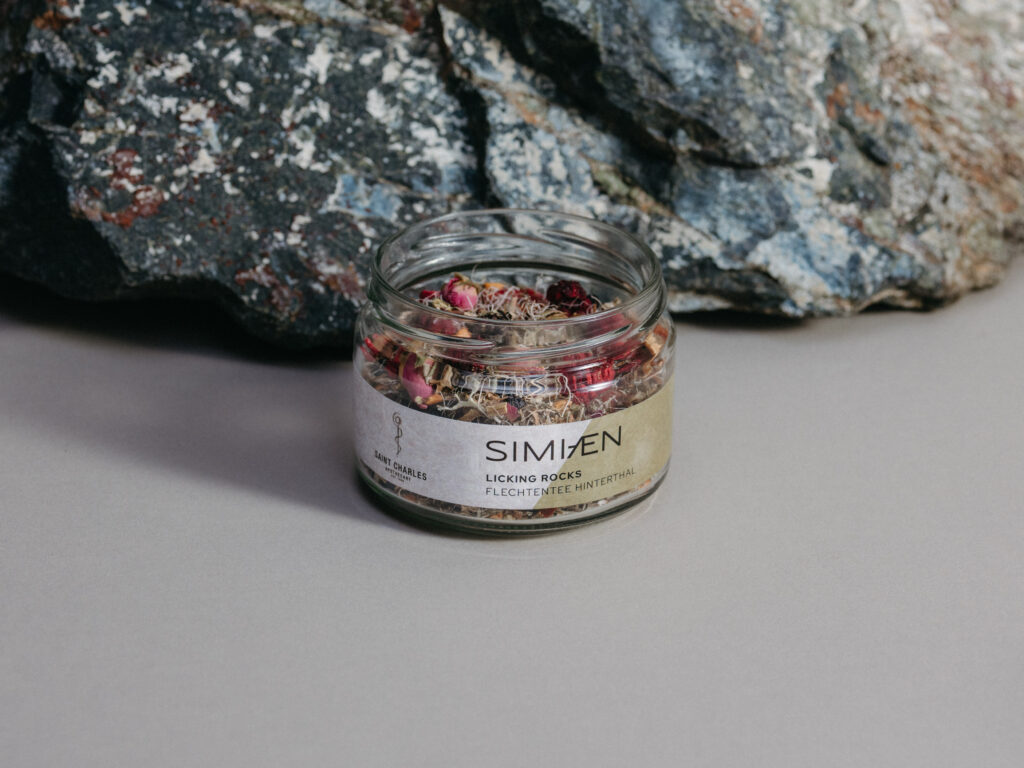
How do you measure the impact of your products on both environmental sustainability and societal well-being?
Measuring the impact of our products on environmental sustainability and societal well-being is a multifaceted endeavor that requires careful consideration of various metrics and indicators.
From an environmental perspective, we track key performance indicators such as carbon footprint, water usage, and waste generation throughout the product lifecycle. By conducting life cycle assessments and environmental audits, we gain insight into the environmental impacts of our operations and identify opportunities for improvement. Additionally, we monitor indicators of societal well-being, such as consumer satisfaction, community engagement, and social impact initiatives.
Through surveys, focus groups, and stakeholder consultations, we gather feedback from consumers and stakeholders to assess the social value generated by our products. By integrating both environmental and social metrics into our impact assessment framework, we strive to holistically evaluate the sustainability performance of our products and drive continuous improvement.
What future innovations or developments do you foresee for Simiæn, and how do you plan to stay at the forefront of sustainable food trends?
Looking ahead, we envision Simiæn continuing to push the boundaries of sustainable food innovation, exploring new frontiers in lichen-based cuisine and beyond. From expanding our product line to incorporating novel ingredients and flavors, we remain committed to driving culinary innovation while upholding our sustainability principles.
Additionally, we plan to leverage emerging technologies and scientific advancements to further enhance the nutritional value and sensory experience of our products. By staying abreast of the latest research and trends in sustainable food production, we aim to position Simiæn as a leader in the field, inspiring others to embrace a more mindful and ethical approach to food consumption.
Our readers love to travel, what destination is at the top of your bucket list?
Iceland holds a special place in our hearts, as it epitomizes the rugged beauty and natural wonders that inspire our brand. From its otherworldly landscapes to its rich cultural heritage, Iceland offers a wealth of inspiration and exploration opportunities.
Whether marveling at the Northern Lights, soaking in geothermal hot springs, or venturing off the beaten path to discover hidden gems, Iceland promises an unforgettable travel experience that resonates with our ethos of adventure and discovery.
Lastly, what advice would you give to aspiring entrepreneurs looking to create socially and environmentally impactful businesses like Simiæn?
For aspiring entrepreneurs seeking to create socially and environmentally impactful businesses, we offer the following advice: Stay true to your vision and values, even in the face of adversity.
Building a purpose-driven business requires unwavering commitment and perseverance, but the rewards are immeasurable. Embrace collaboration and seek out partnerships with like-minded organizations and individuals who share your passion for positive change.
By harnessing the collective power of community and collaboration, you can amplify your impact and drive meaningful change. Finally, never underestimate the power of storytelling to connect with your audience and inspire action.
Through compelling narratives and authentic storytelling, you can engage hearts and minds, fostering a sense of connection and belonging that transcends mere consumption.
Where can people follow you and find out more?
You can learn more about Simiæn and stay updated on our latest developments by visiting our website at simiaen.com or following us on Instagram @simiaen.studio.
Additionally, we welcome visitors to our studio in Vienna, where they can experience our products firsthand and learn more about our mission and vision. We look forward to sharing our journey with you and inspiring a more sustainable future together.
As we conclude our journey with Julia Schwarz and Lisi Penker, let their story ignite a spark of curiosity within you. Explore more inspiring interviews and stories of visionary founders like them at House of Coco. Discover the voices shaping our world and be inspired to embark on your own journey of innovation and impact. Together, let’s build a future where sustainability, creativity, and compassion thrive.

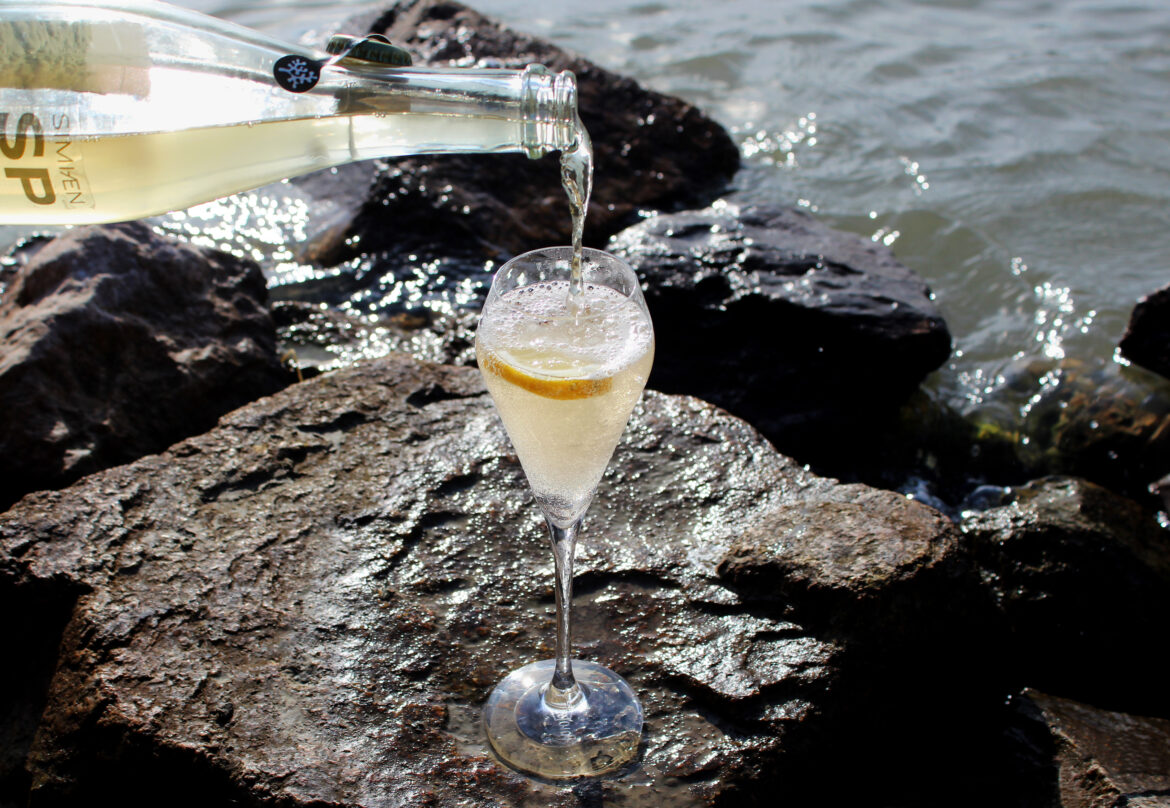


Comments are closed.